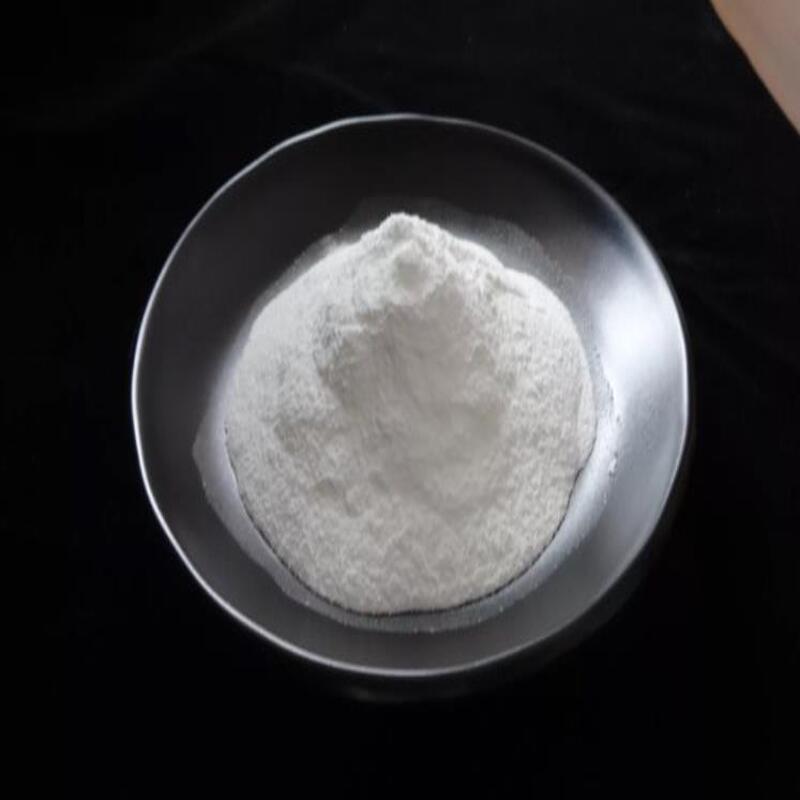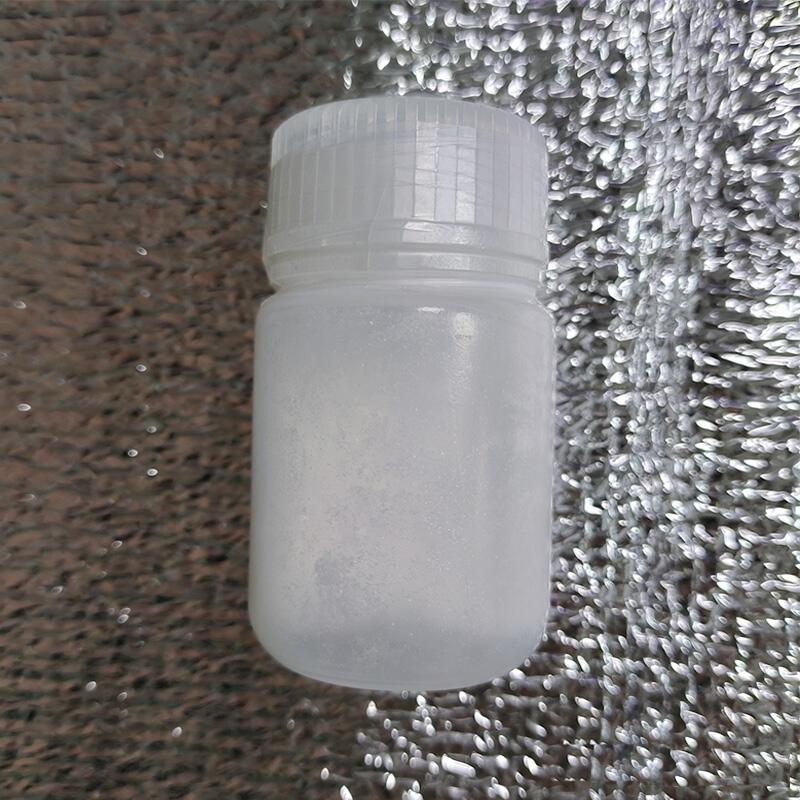-
Categories
-
Pharmaceutical Intermediates
-
Active Pharmaceutical Ingredients
-
Food Additives
- Industrial Coatings
- Agrochemicals
- Dyes and Pigments
- Surfactant
- Flavors and Fragrances
- Chemical Reagents
- Catalyst and Auxiliary
- Natural Products
- Inorganic Chemistry
-
Organic Chemistry
-
Biochemical Engineering
- Analytical Chemistry
-
Cosmetic Ingredient
- Water Treatment Chemical
-
Pharmaceutical Intermediates
Promotion
ECHEMI Mall
Wholesale
Weekly Price
Exhibition
News
-
Trade Service
Bismuth carbonate oxide, also known as Bi2(CO3)O2, is an important compound in the chemical industry.
It is used in a variety of applications, including the production of glass, ceramics, and enamel.
In this article, we will explore the instruction of bismuth carbonate oxide and its role in the chemical industry.
First, let's take a look at the chemical structure of bismuth carbonate oxide.
As the name suggests, it is composed of bismuth (II) ions (Bi2+) and carbonate ions (CO32-), as well as two oxygen atoms (O2-) that are attached to the bismuth ions.
This compound is a white, crystalline solid that is soluble in water.
One of the main uses of bismuth carbonate oxide is in the production of glass.
It is added to the glass mixture as a flux, which helps to lower the melting point of the glass and improve its flow properties.
This allows the glass to be formed into a variety of shapes and sizes.
In addition, bismuth carbonate oxide can improve the chemical stability of the glass, making it more resistant to weathering and corrosion.
Another application of bismuth carbonate oxide is in the production of ceramics.
It is used as a source of bismuth oxide, which is an important component in the manufacture of many types of ceramics.
Bismuth oxide is added to the ceramic mixture to improve its firing properties and to give the finished product a bright, glossy appearance.
Bismuth carbonate oxide is also used in the production of enamel.
It is added to the enamel mixture as a source of barium and bismuth oxides, which are important for the formation of a hard, durable enamel surface.
In addition to these applications, bismuth carbonate oxide has other uses in the chemical industry.
For example, it is used as a catalyst in the production of polyethylene terephthalate (PET), a common plastic used in packaging materials.
It is also used in the production of certain types of batteries, as well as in the treatment of wastewater.
Despite its many uses, bismuth carbonate oxide can be somewhat dangerous to handle.
It is a strong oxidizing agent and can cause skin irritation or burns if it comes into contact with the skin.
In addition, it can be harmful if ingested, inhaled, or otherwise introduced into the body.
Therefore, it is important to handle this compound with care and to follow all appropriate safety protocols when working with it.
Overall, bismuth carbonate oxide is an important compound in the chemical industry, with a wide range of applications in the production of glass, ceramics, enamel, and other products.
While it can be somewhat dangerous to handle, it is an effective and versatile chemical that is widely used in a variety of industries.







